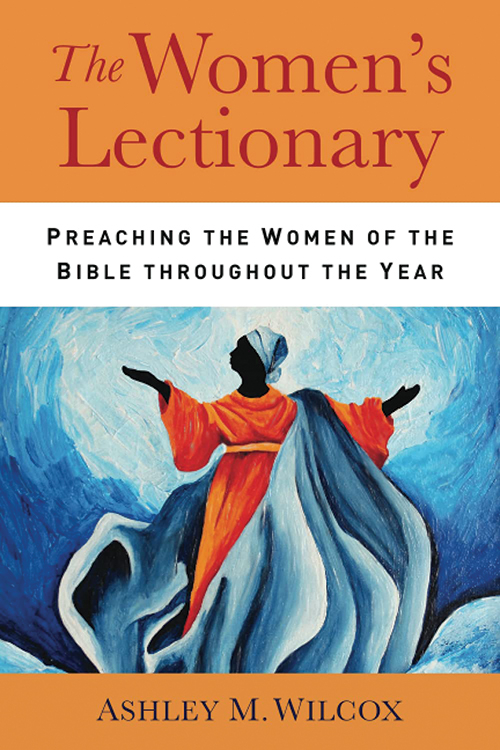
The Women’s Lectionary: Preaching the Women of the Bible throughout the Year
Reviewed by Lauren Brownlee
June 1, 2022
By Ashley M. Wilcox. Westminster John Knox Press, 2021. 326 pages. $45/paperback; $32/eBook.
Ashley Wilcox is a Quaker and a co-founder of the Church of Mary Magdalene, a spiritual community in Decatur, Ga., that featured women preachers (it closed in late 2018). The Women’s Lectionary was inspired by her wondering: “[w]hat if the church took one year to focus on the stories of women in the Bible?” This lectionary is an invitation for readers to reimagine the Bible in more inclusive ways. Throughout the book, she considers a range of perspectives, including the impact of the Bible on queer readers, feminist commentators, and communities considering their relationship with the Black Lives Matter movement. She frequently warns against the antisemitic interpretations of the text. Throughout the book, she encourages readers to consider the Bible as descriptive instead of prescriptive, and to use their imaginations and their lived experience as they reflect upon what to take away from the text.
Wilcox writes, “my hope is to spark your imagination,” and the book certainly achieved that goal for me. There were specific people and stories from the Bible that the lectionary helped me to understand differently from what I had before. For example, Wilcox describes Mary as a prophetess, and reflects on Mary’s significance as one who “prophetically announces social, political, and economic upheaval and a complete reversal of the power structure.” I loved some of the ways that she shed a light on Zion in the Bible as a female figure with agency that “reminds God and us to make space for lament” and “urgently calls on God . . . to provide restitution.” Wilcox uses queries at the end of each textual analysis that can lead to a new framing of familiar stories as well, including “How does it change the story to see the magi as groups of families traveling together instead of three kings?”
Some of the work of the book is to help readers approach Bible study in a broader way. Wilcox makes suggestions throughout the book, such as: “Another way to make the text more expansive is to change the pronouns for God from ‘he’ to ‘she.’” She speaks to how important it is to recognize the contextual distinctions between biblical times and today, while also pointing out modern connections to the issues discussed in the Bible, such as how biblical exile connects to queer teenagers and refugees today. Many of her queries—such as “What are some other ways that God’s word is embodied?,” “How does the Holy Spirit speak through people?,” and “What are symbols of a hopeful future for you?”—can be used whenever the Bible is read and discussed.
Ultimately, Wilcox invites readers to be critical thinkers as they engage with biblical messages. This book empowers people of faith to be mindful to place topics of the Bible in “social and historical context” and to translate elements of biblical messages to make them relevant to our own era and experiences. Wilcox’s goal is to make the Bible more accessible for diverse readers, and she certainly opened up the text for me.
Lauren Brownlee is a member of Bethesda (Md.) Meeting, where she serves on the Peace and Social Justice Committee.


